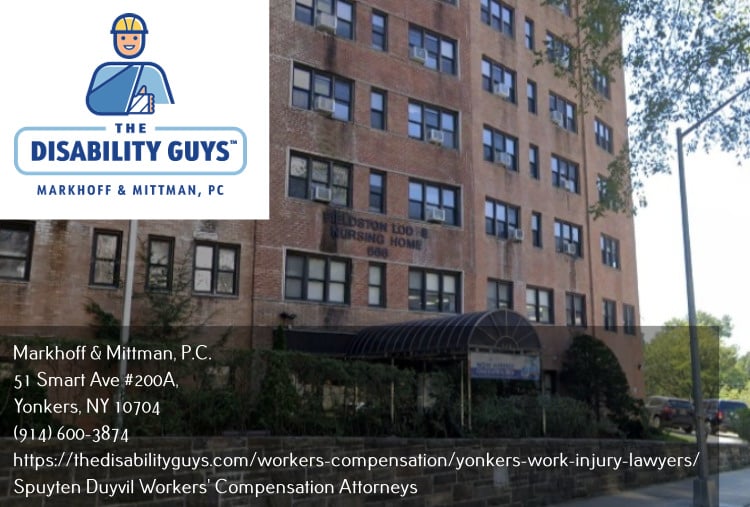The following article highlighting the history and historic landmarks has been presented by the workers’ compensation attorneys in Spuyten Duyvil, NY at Markhoff & Mittman, P.C.
Spuyten Duyvil
The neighborhood is located within the Bronx borough in New York City, New York. The town takes up 302.72 acres. The western edge is along the Hudson River, while the Spuyten Duyvil Creek flows along the southern border. Nearby communities include Kingsbridge, Marble Hill, and Riverdale.
History of the Name
The community was named after its corresponding creek. The Dutch name has produced many translations, and most reference the strong and wild tidal currents of the creek, such as:
- Spouting Devil
- Spewing Devil
- Spinning Devil
- Devil’s Whirlpool
- Devil’s Spate
However, Reginald Pelham Bolton, a historian, argues that the name means spouting meadow in reference to a fresh-water spring in Inwood Hill. Another translation was formed in a story published in 1809. The story includes a trumpeter that warned the settlers of a possible British invasion. While the trumpeter, Antony Van Corlear, tried to swim across the river to the mainland “in spite of the devil” he was drowned by the fierce currents.
Early Development
The lord of Philipse Manor of Westchester County, Frederick Philipse, received the go-ahead to build a bridge across the creek and charge tolls. The King’s Bridge officially opened in 1693.
The neighborhood began developing after the New York Central and Hudson River Railroad began coming through in the late 19th century. Originally the tracks crossed the Spuyten Duyvil Creek into Manhattan’s west side, but Cornelius Vanderbilt wanted to consolidate the operation into a single terminal. He had tracks placed on the northern side of Harlem River, allowing trains from the south from Albany to join with the Harlem and New Haven lines coming into Manhattan at his new Grand Central Depot. Metro-North still uses this route today.
Development continued through the neighborhood through the 1920s. Large high-rise apartment buildings were built in the 1950s through the 1980s, bringing wealthy families that were attracted to its scenic qualities and proximity to desirable neighborhoods such as Fieldston and Riverdale.
Historical Landmarks
The neighborhood has many historical landmarks for residents and visitors to enjoy, such as:
- Edgehill Church of Spuyten Duyvil, also known as the United Church of Christ – built in 1888-89 and designed by Francis H. Kimball in a mix of architectural styles like Romanesque Revival, Tudor Revival, and Shingle style.
- Henry Hudson Park – created in 1939 – home to the 16-foot bronze statue of Henry Hudson that was sculpted by Karl Bitter and Karl Gruppe
- Villa Charlotte Bronte – built in 1926 – a historical apartment house designed by Robert Gardner overlooking the Hudson and Harlem Rivers
Demographics
The community was home to 30,161 in 2010. This was an increase of 289 from the 29,872 counted in 2000. This count includes the Kingsbridge neighborhood. The racial breakdown of the townspeople included:
- 49.3% (14,872) White
- 8.9% (2,691) African American
- 0.1% (40) Native American
- 5.7% (1,731) Asian
- 0% (15) Pacific Islander
- 0.3% (98) from other races
- 1.7% (510) from two or more races
- 33.8% (10,204) Hispanic or Latino
Continue reading: Discover the History of Kingsbridge, NY
Our Local Office
The Spuyten Duyvil, NY workers’ compensation attorneys at Markhoff & Mittman, P.C., assist injured workers in getting the benefits they deserve after a workplace accident injury. Call today for a free case review.
Markhoff & Mittman, P.C.
51 Smart Ave #200A,
Yonkers, NY 10704
(914) 600-3874

